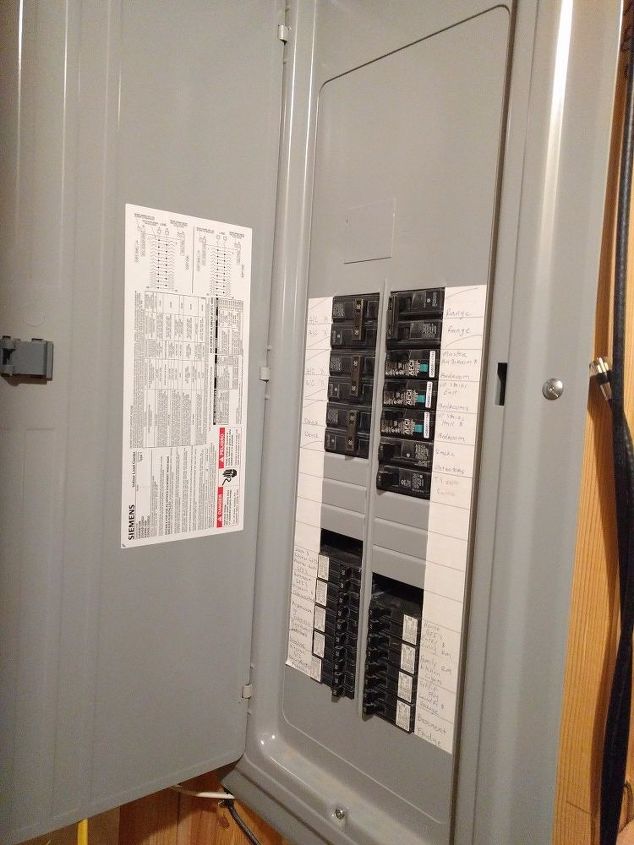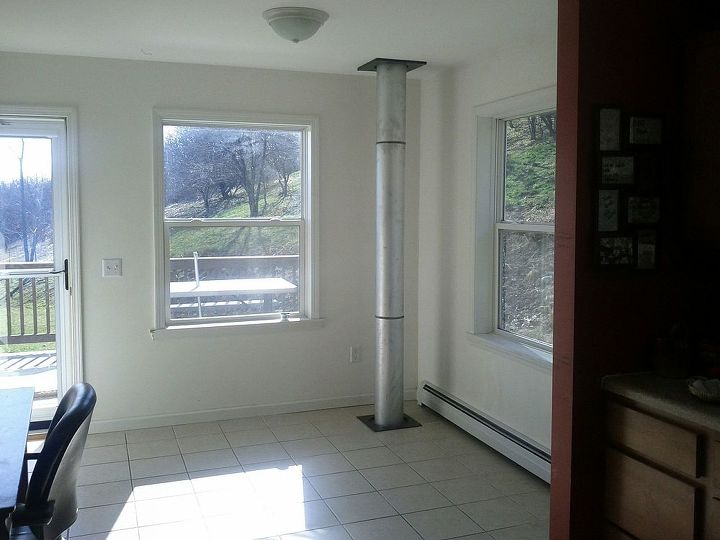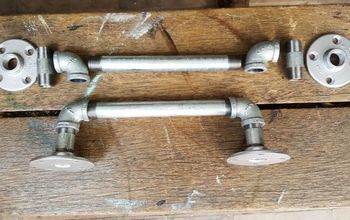Electrical and water in same trench?
Related Discussions
How to get rid of mice?
We seem to have some unwelcome Mickeys and Minnies in our house. What is the best way to get rid of them?
How to remove popcorn ceiling with asbestos?
I want to remove my popcorn ceiling, but it has asbestos in it. How do I go about this safely?
How to caulk baseboard gaps?
How do I fill gaps at baseboard, should I caulk? If so, does anyone know how to caulk baseboards?
How to fix squeaky hardwood floors?
How do I fix squeaky hardwood floors?
How do I kill the power from my main breaker?
I have a home built in 2006, the main panel does not seem to have a main breaker...? See attached pic of the main panel. It's a Siemens G3040 200 amp panel. Outs... See more
Any Ideas for this corner with the wood stove pipe?
I am unclear as to what to do with this part of my house, "The Breakfast Nook".






Plum rite is wrong! They can be in the same trench.
Utiluty/Service lines are required to be buried t 48" where I live.
Indeed, the water must be buried at least 18"
Indeed, the water must be buried at least 18". Unlikely you want your communications to be damaged by accident. As for my house, all communications are lying about 32" below the ground. So you got the point: the deeper - the better. If you are planning to run an electrical line alongside, you need to ask electricians. It shouldn't be a problem, but you can't predict all nuances by internet post. Professional services, such as LIVE Services Group, will run both electrical and water lines for sure. Communication lines are not a thing you wanna save money on.
Marko Jaric is wrong--Plumb rite is correct. If water and power are buried in the same ditch, a minimum of 1 foot of separation is required; if gas and power are in same ditch, then a minimum of 24" of separation is required. This is not NEC, but it is IBC Code which governs every state in the US, and is usually enforced by all building code officials [if they have done their homework].
Water line: 1ft deep using water pipe. Electrical line Lay in side Plastic Pipe ( side by side would be ok! Mark pipe with Electric sign. Also at points along route (Beg. End etc.) Use small flag pipe run markers.
Hi Edward, there are guidelines for this, here is an example of them that i found, it may be different where you live though.